Ed Boyden is a professor at the MIT Media Lab working on the most advanced brain-computer interfacing technology currently available, optogenetics. At Singularity Summit 2009.
Category: engineering – Page 49
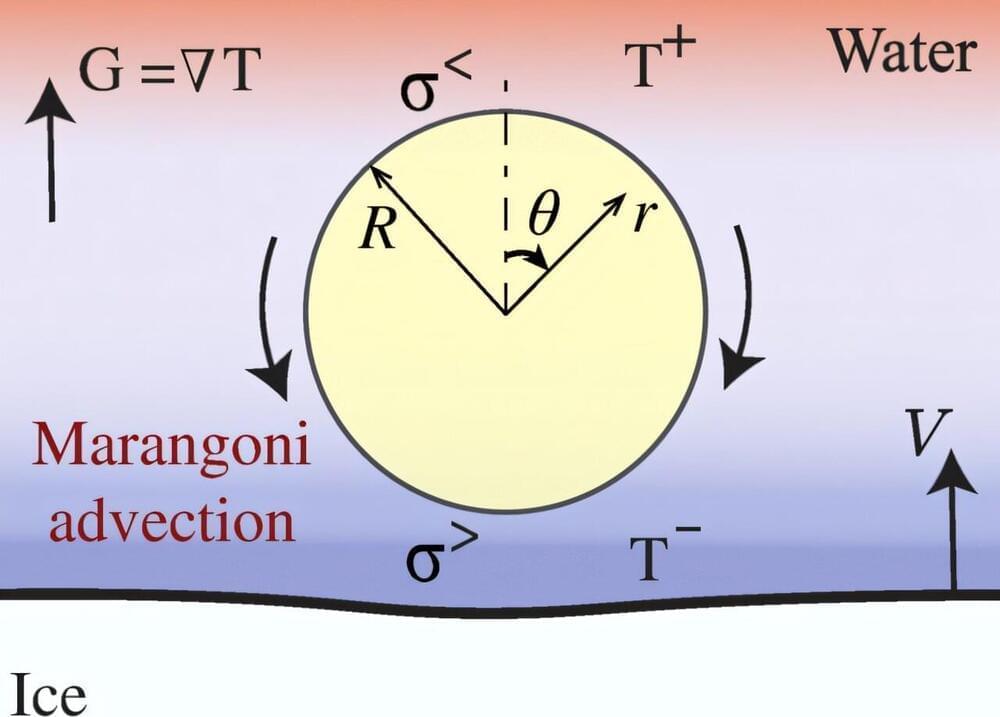
How tiny droplets can deform ice: Findings show potential for cryopreservation and food engineering
When water freezes slowly, the location where water turns into ice—known as the freezing front—forms a straight line. Researchers from the University of Twente showed how droplets that interact with such a freezing front cause surprising deformations of this front. These new insights were published in Physical Review Letters and show potential for applications in cryopreservation and food engineering techniques.
When water freezes, it is often thought of as a predictable, solid block forming layer by layer. But what happens if the progressing freezing front encounters tiny particles or droplets? Researchers from the University of Twente have explored this question, discovering that droplets can cause surprising deformations in the way ice forms.
Global Photonics Engineering Contest
Early Bird Opportunity in the Global Photonics Engineering Contest.
: All submissions received by 31st December 2024, will receive personalized feedback from Photon Delta engineers.
Submit your application now: https://wevlv.co/photondelta-s.
#engineering #photonics #technology
Design the next generation application with Photonic Chips.

How Wastewater and Gas Flares Could Supercharge Green Hydrogen Production
Oil and gas extraction in places like Texas’ Permian Basin leads to several waste products, including significant amounts of wastewater and flares firing into the sky. Texas Engineer Vaibhav Bahadur is researching how those byproducts, which are harmful to the environment, could be repurposed to serve as key elements in the creation of “green” hydrogen.
Bahadur, an associate professor in the Walker Department of Mechanical Engineering, recently published a new paper in the journal Desalination about a new way to potentially produce green hydrogen. It involves using the energy wasted via gas flaring to power reverse osmosis, a common, low-energy technique used for municipal water treatment. Hydrogen production requires pristine water, and this process satisfies that need by removing salts and other elements from the equation.
Learn more about green hydrogen in the Q&A with Bahadur below, as well as his research, next steps and its broader implications.

Developing an organic transmembrane device to host and monitor 3D cell cultures
Researchers have used 3D cell culture models in the past decade to translate molecular targets during drug discovery processes to thereby transition from an existing predominantly 2D culture environment. In a new report now published in Science Advances, Charalampos Pitsalidis and a research team in physics and chemical engineering at the University of Science and Technology in Abu Dhabi, UAE and the University of Cambridge describe a multi-well plate bioelectronic platform named the e-transmembrane to support and monitor complex 3D cell architectures.
The team microengineered the scaffolds using poly(3,4-ethylenedioxythiophene polystyrene sulfonate to function as separating membranes to isolate cell cultures and achieve real-time in situ recordings of cell growth and function. The high surface area to volume ratio allowed them to generate deep stratified tissues in a porous architecture. The platform is applicable as a universal resource for biologists to conduct next-generation high-throughput drug screening assays.
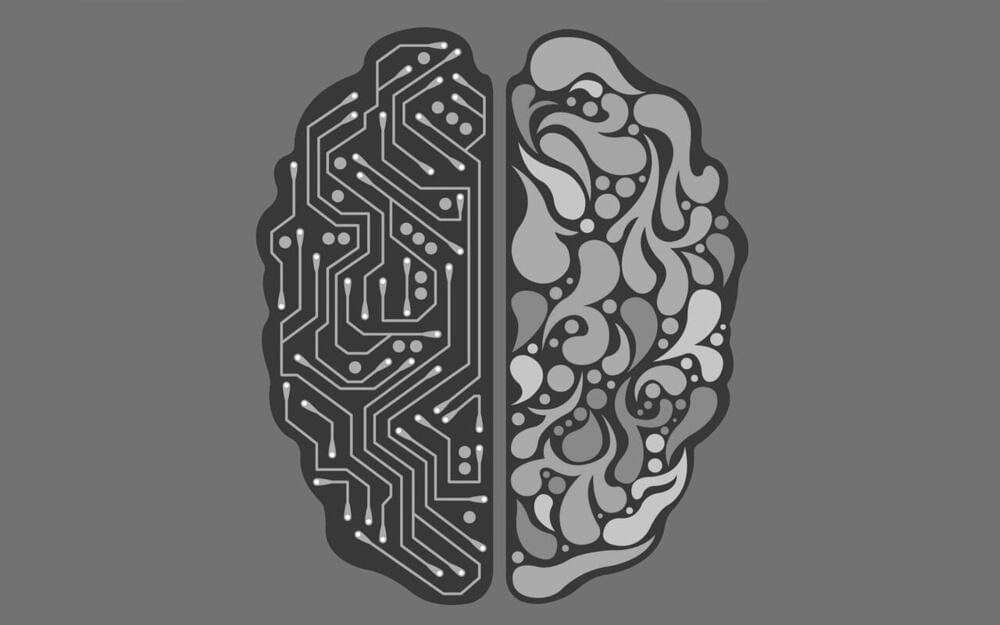
Researchers identify brain regions where word meaning is retrieved
A new study by researchers at the Medical College of Wisconsin (MCW) reveals the areas of the brain where the meanings of words are retrieved from memory and processed during language comprehension. Previous neuroimaging studies had indicated that large portions of the temporal, parietal, and frontal lobes participate in processing language meaning, but it was unknown which regions encoded information about individual word meanings.
“We found that word meaning information was represented in several high-level cortical areas (i.e., areas that are not closely connected to primary sensory or motor areas), including the classical ‘language areas’ known as Broca’s area and Wernicke’s area,” said Dr. Leonardo Fernandino, assistant professor of neurology and biomedical engineering at MCW. “Interestingly, however, some regions not previously considered as important for language processing were among those containing the most information about word meaning.”
Additionally, they also investigated whether the neural representations of word meaning in each of these areas contained information about phenomenological experience (i.e., related to different kinds of perceptual, emotional, and action-related experiences), as several researchers had previously proposed, or whether they contained primarily information about conceptual categories (i.e., natural kinds) or about word co-occurrence statistics, as other researchers have theorized.
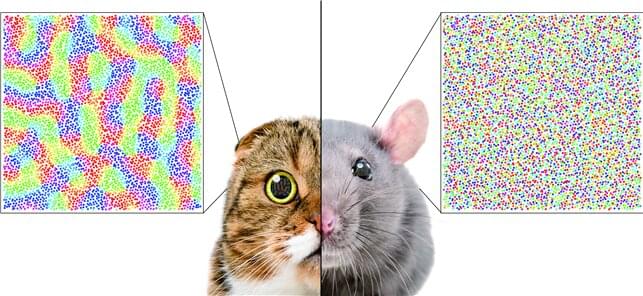
A single biological factor predicts distinct cortical organizations across mammalian species
Researchers have explained how visual cortexes develop uniquely across the brains of different mammalian species. A KAIST research team led by Professor Se-Bum Paik from the Department of Bio and Brain Engineering has identified a single biological factor, the retino-cortical mapping ratio, that predicts distinct cortical organizations across mammalian species.
This new finding has resolved a long-standing puzzle in understanding visual neuroscience regarding the origin of functional architectures in the visual cortex. The study, published in Cell Reports on March 10, demonstrates that the evolutionary variation of biological parameters may induce the development of distinct functional circuits in the visual cortex, even without species-specific developmental mechanisms.
In the primary visual cortex (V1) of mammals, neural tuning to visual stimulus orientation is organized into one of two distinct topographic patterns across species. While primates have columnar orientation maps, a salt-and-pepper type organization is observed in rodents.
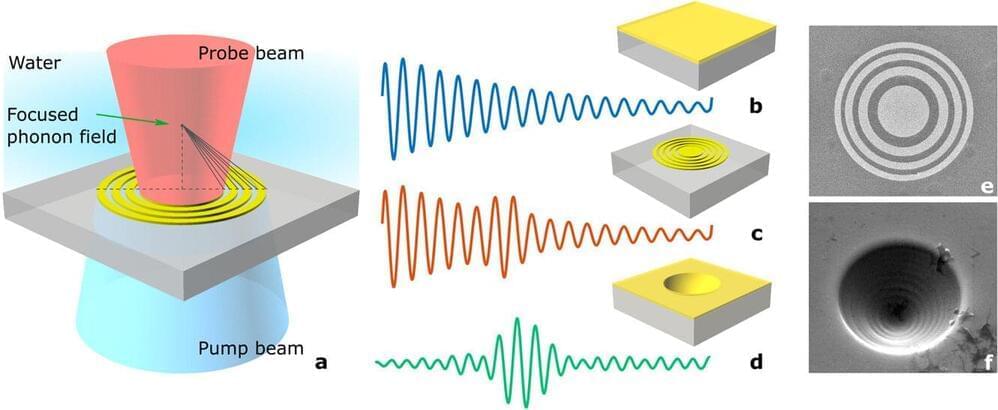
Improved ultrasound technique produces previously unattainable images inside live cells
A ultrasound technique from the University of Nottingham will allow the production of sharper images inside live cells without causing damage at resolutions that were previously unattainable.
The project, from the Faculty of Engineering’s Optics and Photonics research group, explores a way to look deep inside tiny structures, such as single cells, that regular light-based microscopes cannot, and without harming them. The work is published in the journal Photoacoustics.
This technique has been used to measure the stiffness of cancer cells at a single-cell level, which could allow for new methods of early cancer diagnosis to be developed.

Light-activated, drug-carrying liposomes show potential for minimally invasive glaucoma treatments
More than 4 million people in the U.S. have glaucoma, a group of eye diseases that can damage the optic nerve and lead to vision loss. It’s the second-leading cause of blindness worldwide and there’s currently no cure, but there’s a way to help prevent vision loss through early detection and treatment.
The two main treatment options, however, are inefficient and have downsides. Medicated eyedrops are noninvasive but can’t be absorbed for full effectiveness. Repeated injections into the eye can lead to infections or inflammation, not to mention patient discomfort.
Researchers at Binghamton University are exploring several new glaucoma treatments that would be less invasive. In a study recently published in the Journal of Materials Chemistry B, Assistant Professor Qianbin Wang and Ph.D. student Dorcas Matuwana from the Thomas J. Watson College of Engineering and Applied Science’s Department of Biomedical Engineering shared their findings for drug-carrying liposomes that could be activated in the eye using near-infrared light.
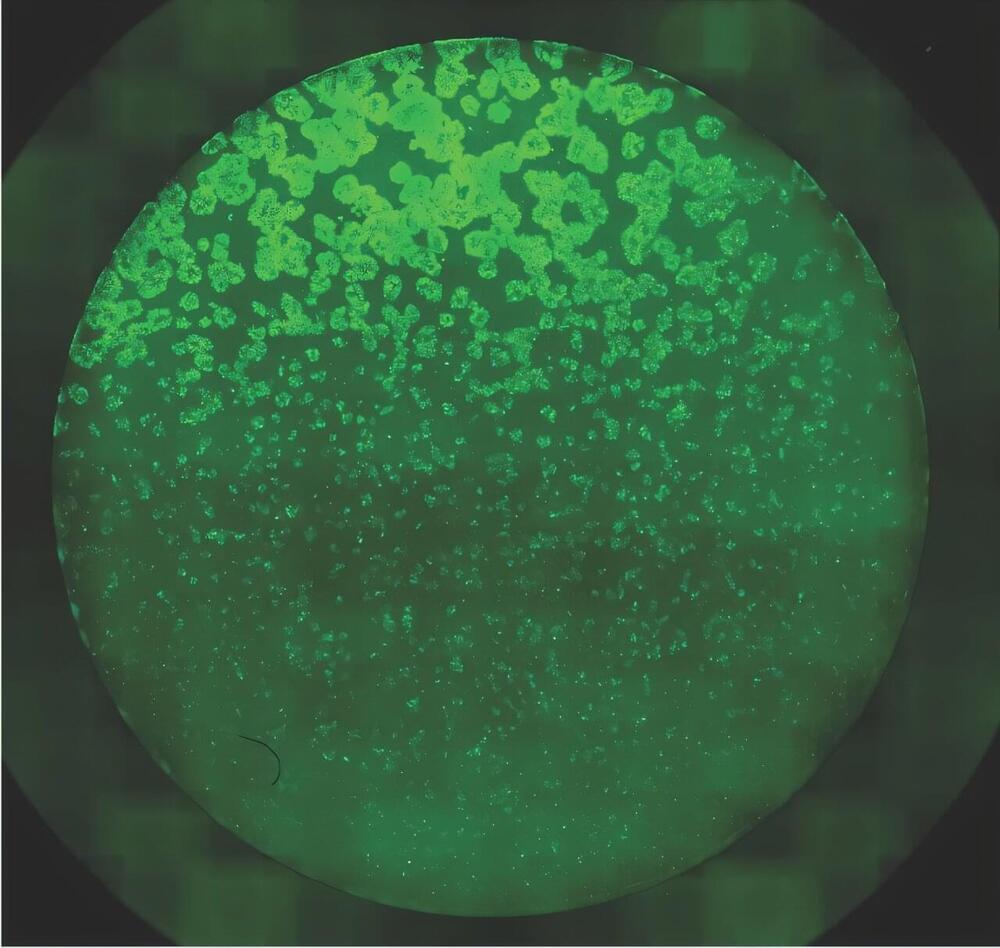
By exerting ‘crowd control’ over mouse cells, scientists make progress towards engineering tissues
Genes aren’t the sole driver instructing cells to build multicellular structures, tissues, and organs. In a paper published in Nature Communications, USC Stem Cell scientist Leonardo Morsut and Caltech computational biologist Matt Thomson characterize the influence of another important developmental driver: cell density, or how loosely or tightly cells are packed into a given space.
In both computational models and laboratory experiments, the team of scientists used cell density as an effective tool for controlling how mouse cells pattern themselves into complex structures.
“This paper represents progress towards our big picture goal of engineering synthetic tissues,” said Morsut, an assistant professor of stem cell biology and regenerative medicine, and biomedical engineering at the Keck School of Medicine of USC.